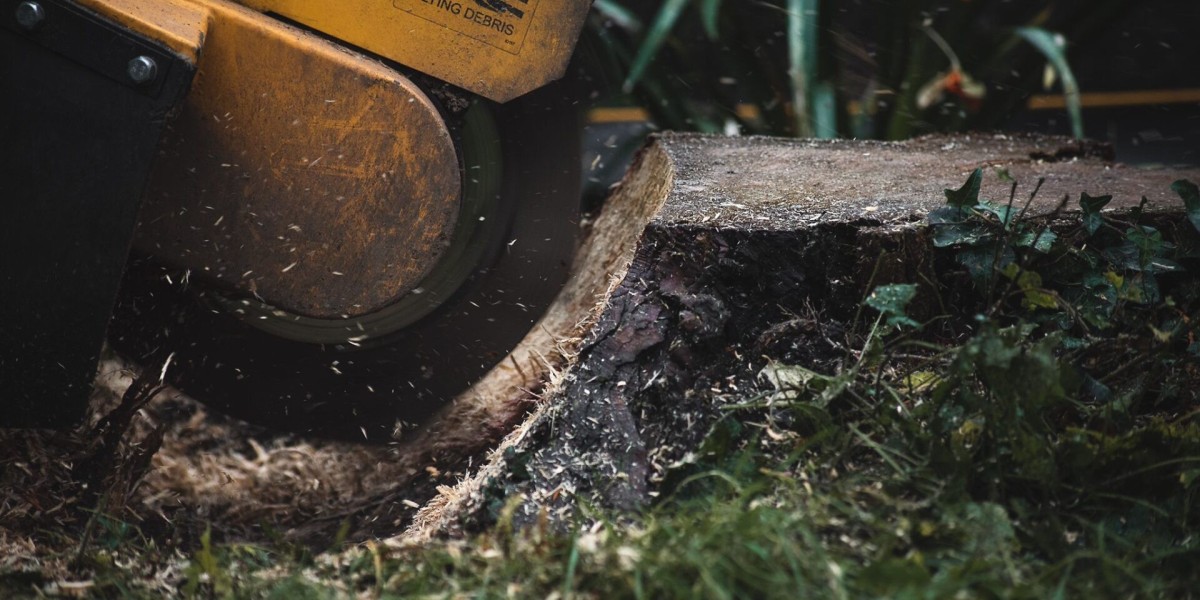Unlock Your Creativity: Discover the Ultimate Guide to Buying 3D Printer Filament Online!
In the world of 3D printing, the filament you choose is as crucial as the printer itself. 3D printer filament serves as the backbone of any project, transforming digital designs into tangible creations. With the rise of 3D printing technology, enthusiasts and professionals alike are exploring a myriad of materials to bring their imaginations to life. Whether you're an artist, an engineer, or simply a hobbyist, understanding the significance of selecting the right filament can greatly enhance your printing experience. The variety available today can be overwhelming, but this guide will help you navigate the process of purchasing 3D printer filament online, ensuring that you find the perfect fit for your projects.

Understanding 3D Printer Filament
3D printer filament is the thermoplastic material used in the 3D printing process. It is available in various types, each with unique properties that cater to different printing needs. The most common types of filament include PLA (Polylactic Acid), ABS (Acrylonitrile Butadiene Styrene), and PETG (Polyethylene Terephthalate Glycol). PLA is popular for its ease of use and biodegradable properties, making it ideal for beginners and environmentally conscious creators. ABS, on the other hand, is known for its strength and durability, making it suitable for functional parts and prototypes. PETG offers the best of both worlds—strength and flexibility—as well as excellent layer adhesion, which is why it has gained popularity among seasoned users. Other filaments like TPU (Thermoplastic Polyurethane) and nylon have their own specialized applications, such as flexible prints or high-strength components. Understanding these materials and their characteristics is vital for making informed decisions when purchasing filament.
Factors to Consider When Buying Filament Online
When purchasing 3D printer filament online, several critical factors should guide your decision. First and foremost is the material type; knowing the properties of PLA, ABS, PETG, and others will determine which filament suits your project best. Next is the diameter of the filament, with common sizes being 1.75mm and 2.85mm. Ensure your printer is compatible with the filament diameter you choose. Color is another consideration—while many filaments come in a rainbow of options, certain colors can affect the final appearance of your print. Quality is paramount, as inferior filament can lead to clogs and poor print quality. Therefore, always check reviews and seller reputation before making a purchase. Experiences shared by friends who faced issues with low-quality filament highlight the importance of this step. They often recommend doing some research to find reliable sellers who prioritize quality over quantity.
Where to Buy 3D Printer Filament Online
The internet is brimming with options for purchasing 3D printer filament, making it easier than ever to find what you need. Popular platforms and marketplaces host a variety of sellers offering different types of filament. When browsing these platforms, look for those that provide detailed descriptions of their products, including material specifications, user reviews, and seller ratings. A good tip is to utilize community forums or social media groups dedicated to 3D printing; these can be excellent resources for recommendations on where to buy quality filament. Additionally, consider local suppliers who might offer shipping options. This not only supports local businesses but also reduces shipping times, allowing you to get back to your projects faster.
Tips for Storing and Maintaining Filament
Proper storage and maintenance of your 3D printer filament are crucial for ensuring its longevity and performance. Filament should be kept in a cool, dry place, away from direct sunlight and moisture, which can degrade its quality. Many users recommend using airtight containers or vacuum-sealed bags to protect filament from humidity. Silica gel packets can also be added to these containers to absorb any excess moisture. Additionally, if you have opened filament spools, consider using filament clips to prevent tangling and dust accumulation. Proper maintenance not only prolongs the life of your filament but also ensures that every print comes out as intended, minimizing frustration and waste.
Final Thoughts on Choosing the Right Filament
In conclusion, selecting the right 3D printer filament is a fundamental step in the 3D printing process that can significantly impact the success of your projects. By understanding the different types of filament available and considering key factors when purchasing online, you can make informed decisions that align with your creative goals. Don't forget to explore reliable sources for buying filament and prioritize proper storage practices to maintain your materials in optimal condition. With the right filament in hand, you're ready to unleash your creativity and bring your 3D printing ideas to life. So, dive in, explore, and enjoy the endless possibilities that 3D printing has to offer!







